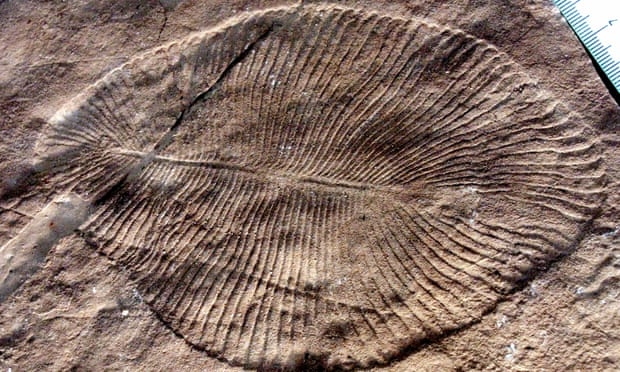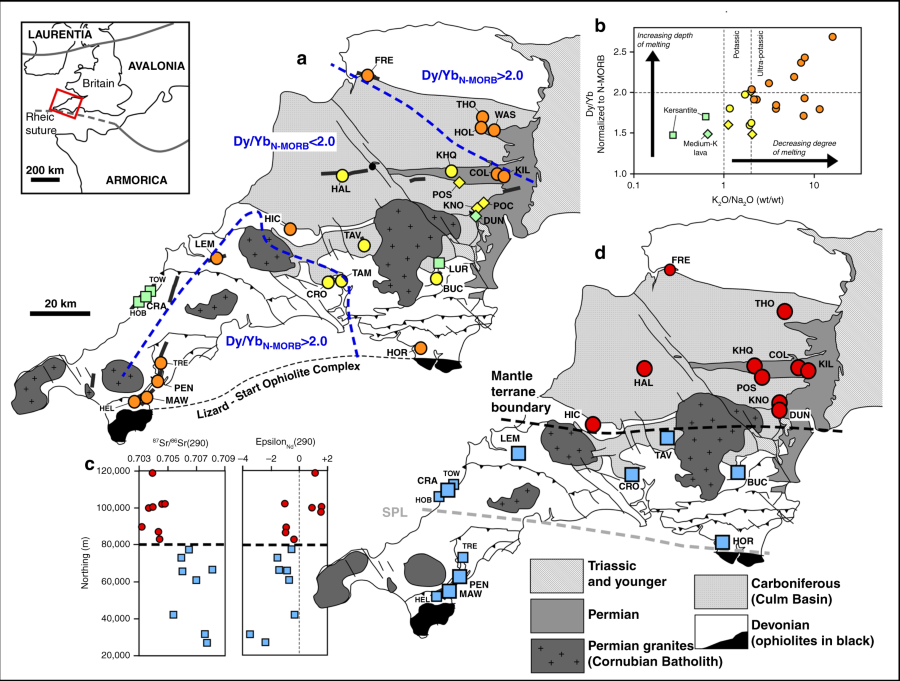NEXT WEEKS EVENTS
1st to 7th October 2018
THE FOLLOWING IS AN EXTRACT FROM BRISTOL AND WEST COUNTRY GEOLOGY CALENDARS
MORE DETAILS CAN BE FOUND IN THE BRISTOL AND THE WEST COUNTRY CALENDARS AND ON THE WEB SITES OF THE RELEVANT SOCIETY OR ORGANISATION.
MONDAY 1st
Course - Geology of the Bristol and Gloucester Region.
When
Mon, 1 October, 19:30 – 21:30
Where
Wynstones School, Stroud Road, Whaddon, Gloucester (map)
Description
Geology of the Bristol and Gloucester Region.
One of the most varied regions of Britain, spanning the major divisions of the Variscan Front/Bristol Channel-Bray Fault, and the Malvern fault/ Worcester Graben, incorporating rocks varying in age from late PreCambrian to Cretaceous, and three of the terranes making up the geological “jigsaw” of Britain. The course will cover roughly the area covered by the eponymous BGS publication in the British Regional Geology series (3rd edition 1992). Starts Mon 17th September for 10 weeks (not 22nd or29th Oct or 5th Nov), until 10th December Held at Wynstones School, Stroud Road, Whaddon, Gloucester from 7.30-9.30pm on Mondays. Cost £75 (including tea, coffee etc at breaktime!).
Contact Dave Green by email at davegeostudies@gmail.com, by phone at 01594 960858 and by post at Dave Green, Joys Green Farm, Lydbrook, Gloucestershire, GL17 9QU
Tuesday 2nd
Wednesday 3rd
Thursday 4th
Course - Understanding Geology and Scenery around Ross-on-Wye
When
Thu, 4 October, 10:00 – 10:30
Description
Understanding Geology and Scenery around Ross-on-Wye
Starts September 21st (not 25th Oct or 8th Nov), finishes 6th December.
This 10 week course aims to introduce you to the ways in which the varied and beautiful landscape round our area has come into being. The effects of folds, faults and tectonic dip in exposing different rock types, and the past and present processes of uplift, weathering, erosion and deposition that have acted upon them, will be examined by reference to local scenery. Use will be made of local maps and cross-sections across them, both geological and topographic; together with specimens of local rocks. Contact Paul Mason on 01989 760399. Cost £60 Enrol before 15th September to ensure that the course runs.
-------------------------------------------
Bath Geol Soc - Lecture
When
Thu, 4 October, 19:30 – 21:00
Where
Bath Royal Literary and Scientific Institution, 16 Queen Square, Bath (map)
Description
Creating the critical zone: dissolving, fracturing, and eating rocks
Dr Heather L. Buss - Senior Lecturer in Biogeochemical Weathering - School of Earth Sciences, University of Bristol
The critical zone is the region of terrestrial Earth extending from the treetops to where rock begins to weather. It's critical because it provides many essentials that we need to survive on this planet - energy, nutrients, food, groundwater; it also mediates the release of toxins to the biosphere, controls water runoff and infiltration, affects the concentrations of greenhouse gases in the atmosphere, and generates dust and sediments. The creation of the critical zone from solid rock is a complex but fascinating set of interlinked processes of chemical reactions, physical transport, fracturing, and metabolism.
The feedbacks amongst these very different processes determine many of the characteristics of the critical zone, such as the shape of it, the depth of it, how fast it evolves, and the fertility of it. Because the critical zone is so critical, it's essential that we are able to preserve (or restore) its functions in the face of global and local environmental change. To do that, we need to understand exactly how these feedbacks work so that we can make accurate predictions of the consequences of environmental change as well as of our interventions. In this talk, I will discuss how these different processes are interlinked with a case study of spheroidal weathering in a tropical granitic rock, with extension to other lithologies and climate zones globally.
friday 5th
saturday 6th
Sunday 7th
Course - Geology of the Bristol and Gloucester Region.
When
Mon, 1 October, 19:30 – 21:30
Where
Wynstones School, Stroud Road, Whaddon, Gloucester (map)
Description
Geology of the Bristol and Gloucester Region.
One of the most varied regions of Britain, spanning the major divisions of the Variscan Front/Bristol Channel-Bray Fault, and the Malvern fault/ Worcester Graben, incorporating rocks varying in age from late PreCambrian to Cretaceous, and three of the terranes making up the geological “jigsaw” of Britain. The course will cover roughly the area covered by the eponymous BGS publication in the British Regional Geology series (3rd edition 1992). Starts Mon 17th September for 10 weeks (not 22nd or29th Oct or 5th Nov), until 10th December Held at Wynstones School, Stroud Road, Whaddon, Gloucester from 7.30-9.30pm on Mondays. Cost £75 (including tea, coffee etc at breaktime!).
Contact Dave Green by email at davegeostudies@gmail.com, by phone at 01594 960858 and by post at Dave Green, Joys Green Farm, Lydbrook, Gloucestershire, GL17 9QU
Course - Understanding Geology and Scenery around Ross-on-Wye
When
Thu, 4 October, 10:00 – 10:30
Description
Understanding Geology and Scenery around Ross-on-Wye
Starts September 21st (not 25th Oct or 8th Nov), finishes 6th December.
This 10 week course aims to introduce you to the ways in which the varied and beautiful landscape round our area has come into being. The effects of folds, faults and tectonic dip in exposing different rock types, and the past and present processes of uplift, weathering, erosion and deposition that have acted upon them, will be examined by reference to local scenery. Use will be made of local maps and cross-sections across them, both geological and topographic; together with specimens of local rocks. Contact Paul Mason on 01989 760399. Cost £60 Enrol before 15th September to ensure that the course runs.
-------------------------------------------
Bath Geol Soc - Lecture
When
Thu, 4 October, 19:30 – 21:00
Where
Bath Royal Literary and Scientific Institution, 16 Queen Square, Bath (map)
Description
Creating the critical zone: dissolving, fracturing, and eating rocks
Dr Heather L. Buss - Senior Lecturer in Biogeochemical Weathering - School of Earth Sciences, University of Bristol
The critical zone is the region of terrestrial Earth extending from the treetops to where rock begins to weather. It's critical because it provides many essentials that we need to survive on this planet - energy, nutrients, food, groundwater; it also mediates the release of toxins to the biosphere, controls water runoff and infiltration, affects the concentrations of greenhouse gases in the atmosphere, and generates dust and sediments. The creation of the critical zone from solid rock is a complex but fascinating set of interlinked processes of chemical reactions, physical transport, fracturing, and metabolism.
The feedbacks amongst these very different processes determine many of the characteristics of the critical zone, such as the shape of it, the depth of it, how fast it evolves, and the fertility of it. Because the critical zone is so critical, it's essential that we are able to preserve (or restore) its functions in the face of global and local environmental change. To do that, we need to understand exactly how these feedbacks work so that we can make accurate predictions of the consequences of environmental change as well as of our interventions. In this talk, I will discuss how these different processes are interlinked with a case study of spheroidal weathering in a tropical granitic rock, with extension to other lithologies and climate zones globally.



